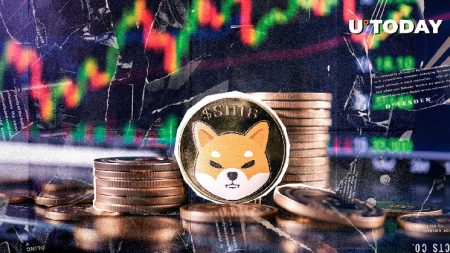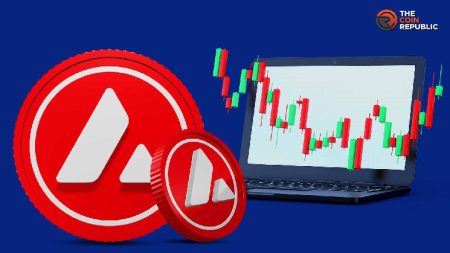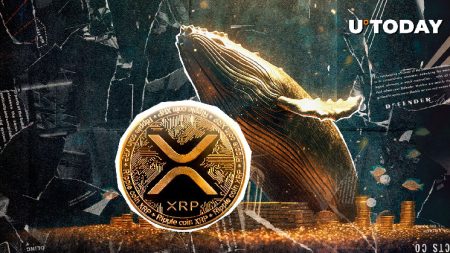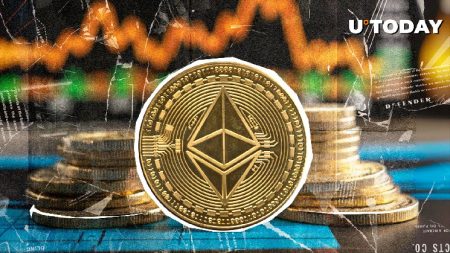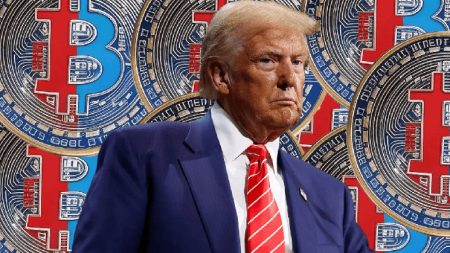The Emergence of Spot-Traded Bitcoin ETFs: A New Era for Investors
The world of cryptocurrency investing witnessed a significant milestone with the launch of the first spot-traded Bitcoin Exchange-Traded Fund (ETF) in January 2024. This development marked the end of a decade-long wait for investors seeking direct exposure to Bitcoin without the complexities of managing BTC custody. Prior to this, the market was dominated by futures-traded ETFs, which did not hold actual Bitcoin. Spot-traded ETFs not only provide direct access to Bitcoin but also minimize price deviations, such as contango, associated with futures contracts. Moreover, these ETFs have opened doors to both retail and institutional investors, driving up Bitcoin’s price as custodial exchanges like Coinbase accumulated BTC on behalf of investors. But is investing in crypto ETFs a wise decision? To answer this, it’s essential to understand what these ETFs offer and how they perform in the market.
VanEck Bitcoin ETF: A Case Study in Performance and Strategy
One of the most notable spot-traded Bitcoin ETFs is VanEck’s Bitcoin ETF (HODL), which was launched in January 2024. By the end of January 2025, this fund had delivered an impressive 117.70% return, showcasing the potential of Bitcoin ETFs. Unlike many other Bitcoin ETFs, VanEck delegated its custodial responsibilities to Gemini, rather than Coinbase, highlighting the importance of trustworthy custodial services in the crypto space. In a strategic move to increase accessibility, VanEck executed a four-for-one forward stock split in 2025, expanding the number of shares from 12.8 million to 51.2 million. This split mirrors the strategy employed by companies like Nvidia, aiming to lower the barrier to entry for investors. The Net Asset Value (NAV) of the fund, which reflects the total value of its assets divided by the number of shares, now stands at $27.88 per share. The fund currently holds 14,430 BTC, valued at approximately $1.42 billion.
The performance of VanEck’s HODL ETF is also reflected in its premium and discount dynamics. The ETF’s 12-month low (discount) was $14.44 on February 23, 2024, while its 12-month high (premium) reached $30.16 on January 21, 2025. A consistent premium suggests bullish market conditions, as investors are willing to pay more for ETF shares than the underlying value of Bitcoin. Conversely, a discount indicates bearish sentiment, presenting potential buying opportunities for investors. To manage the fund, VanEck currently waives its 0.20% Sponsor Fee but plans to introduce it after January 10, 2026, or sooner if the fund’s assets exceed $2.5 billion. This fee structure is designed to attract initial capital inflows while ensuring the fund’s long-term sustainability.
Are Crypto ETFs Worth the Investment?
Crypto ETFs offer a unique way to gain exposure to cryptocurrencies without directly holding them. However, it’s crucial to distinguish between different types of crypto ETFs. While Bitcoin ETFs like HODL hold actual Bitcoin, others, such as the VanEck Crypto ETF (DAPP), focus on companies related to the crypto ecosystem, including Coinbase, Microstrategy, Riot Platforms, and Bitdeer. These ETFs provide exposure to the broader crypto market but often underperform compared to Bitcoin-focused ETFs. For instance, DAPP’s life returns stand at a negative 15.73%, significantly lower than HODL’s 117.70% return. This disparity highlights the volatility and risks associated with investing in companies tied to the crypto market.
The Challenges of Altcoin ETFs
Beyond Bitcoin ETFs, there are Exchange-Traded Products (ETPs) that hold physical altcoins, such as Ether (ETH), Ripple (XRP), and Solana (SOL). These products allow investors to gain exposure to alternative cryptocurrencies, but they come with their own set of challenges. The altcoin market is highly fragmented, with tens of thousands of tokens competing for market share. This fragmentation leads to capital dilution, making it difficult for any single altcoin to achieve sustained growth. Additionally, the competitive landscape among smart contract platforms like Ethereum, Solana, and potential newcomers adds another layer of uncertainty. For example, the 21Shares Ethereum Staking ETP (AETH), which holds ETH and offers staking yields, has underperformed compared to Bitcoin ETFs. Similarly, other altcoin-focused ETFs, such as the WisdomTree Physical Solana (SOLW), have struggled to match the returns of Bitcoin ETFs.
TheSpeculative Nature of Altcoins
The underperformance of altcoin ETFs is further exacerbated by the speculative nature of the altcoin market. While some altcoins, like Solana, have shown promise due to their fast execution speeds and low fees, they still face intense competition from established platforms like Ethereum. Moreover, the proliferation of memecoins has eroded trust in the crypto market as a whole, benefiting Bitcoin as the most secure and established cryptocurrency. As the crypto market continues to evolve, it’s clear that the finite amount of capital available will likely continue to favor Bitcoin over the vast array of altcoins. This dynamic underscores the importance of careful consideration when investing in crypto ETFs, particularly those focused on altcoins.
Conclusion: Weighing the Risks and Rewards of Crypto ETFs
In conclusion, crypto ETFs offer a convenient way to gain exposure to cryptocurrencies, but they come with unique risks and challenges. Bitcoin ETFs, such as VanEck’s HODL, have demonstrated strong performance, driven by Bitcoin’s scarcity and the growing adoption of spot-traded funds. However, ETFs focused on altcoins or crypto-related companies face significant hurdles, including market fragmentation, intense competition, and speculative volatility. For retail investors, the decision to invest in crypto ETFs depends on their risk tolerance and investment goals. While Bitcoin ETFs offer relatively stable returns, altcoin ETFs present opportunities for speculative gains but with higher risks. As the crypto market continues to mature, it’s essential for investors to stay informed and carefully evaluate the potential of each ETF before making a decision.









